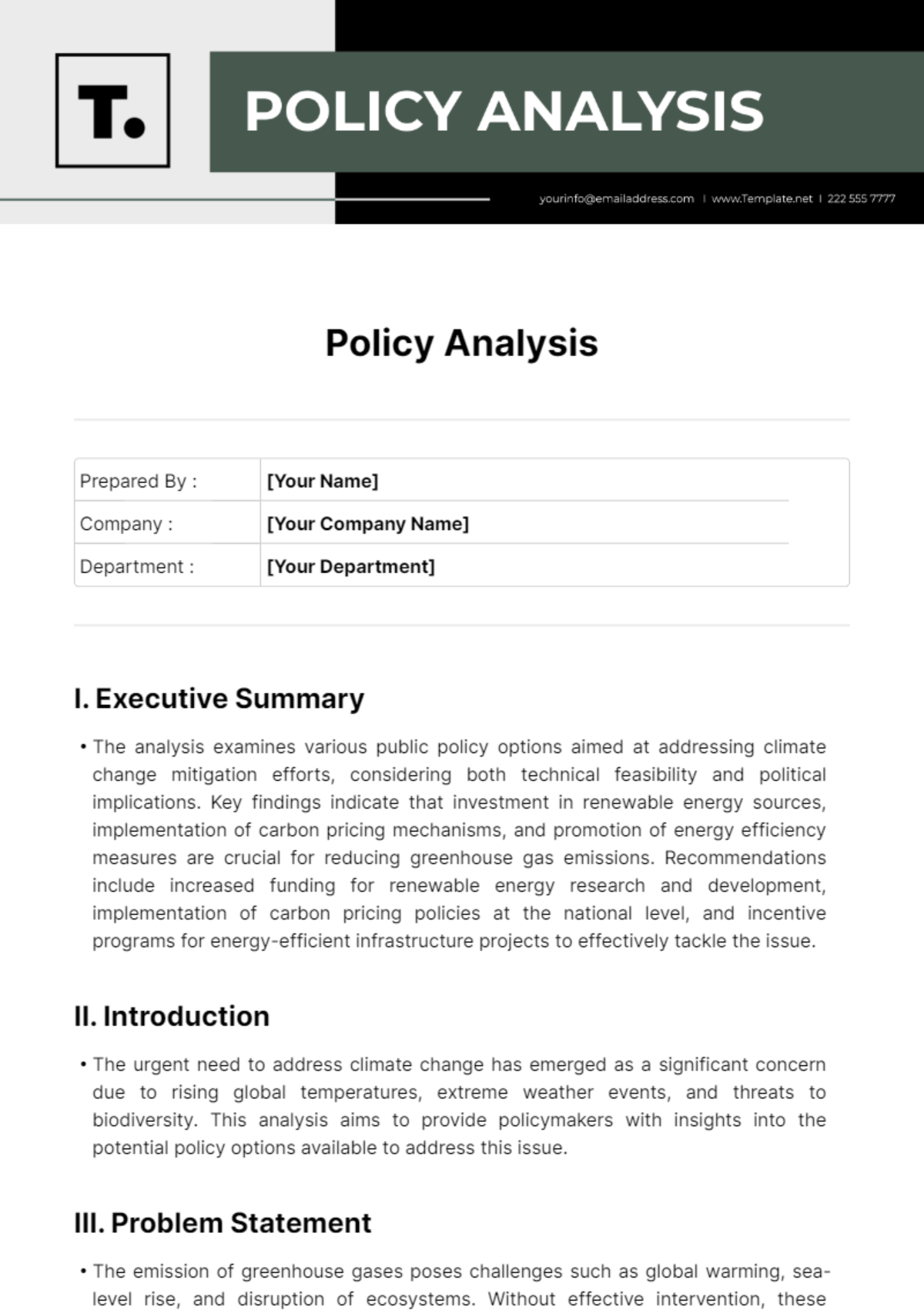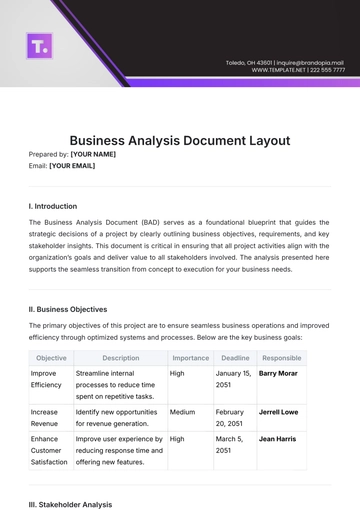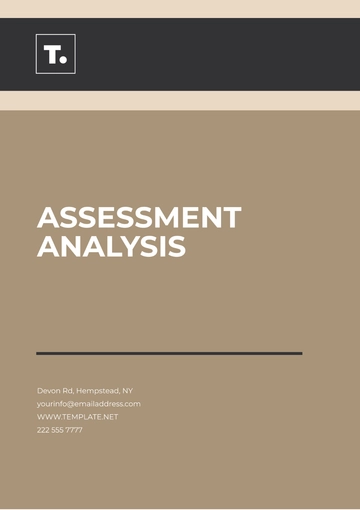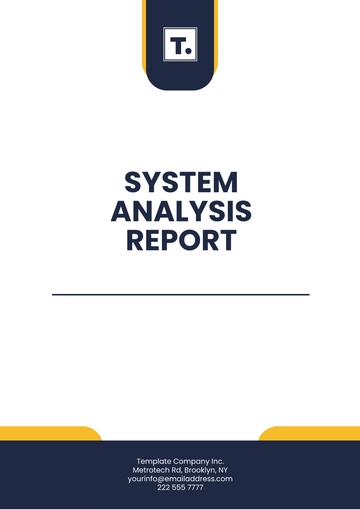Policy Analysis
Prepared By : | [Your Name] |
Company : | [Your Company Name] |
Department : | [Your Department] |
I. Executive Summary
The analysis examines various public policy options aimed at addressing climate change mitigation efforts, considering both technical feasibility and political implications. Key findings indicate that investment in renewable energy sources, implementation of carbon pricing mechanisms, and promotion of energy efficiency measures are crucial for reducing greenhouse gas emissions. Recommendations include increased funding for renewable energy research and development, implementation of carbon pricing policies at the national level, and incentive programs for energy-efficient infrastructure projects to effectively tackle the issue.
II. Introduction
The urgent need to address climate change has emerged as a significant concern due to rising global temperatures, extreme weather events, and threats to biodiversity. This analysis aims to provide policymakers with insights into the potential policy options available to address this issue.
III. Problem Statement
The emission of greenhouse gases poses challenges such as global warming, sea-level rise, and disruption of ecosystems. Without effective intervention, these challenges could lead to catastrophic consequences for both human societies and the natural world.
IV. Background/Context
Historical data reveals that global carbon emissions have been steadily increasing over the past century. Recent policy efforts, such as the Paris Agreement and renewable energy subsidies, have had limited success in addressing the issue.
V. Policy Alternatives
Status Quo: Maintaining current policies and practices.
Policy Option 1: Implementing a carbon tax to incentivize emission reductions.
Policy Option 2: Introducing a cap-and-trade system to limit emissions from industrial sectors.
Policy Option 3: Exploring investment in green infrastructure to promote sustainable development.
VI. Criteria for Evaluation
Criteria | Description |
|---|
Effectiveness | Ability to address root causes of the issue. |
Feasibility | Consideration of resources and implementation challenges. |
Public Acceptance | Level of public support and acceptance. |
Sustainability | Potential for long-term effectiveness. |
VII. Analysis of Alternatives
Comparative evaluation of policy options based on established criteria reveals that investment in green infrastructure emerges as the most promising due to its potential for creating jobs, reducing emissions, and building climate resilience.
VIII. Recommendations
IX. Implementation Plan
X. Conclusion
In conclusion, this analysis highlights the importance of proactive policy interventions in addressing climate change. By implementing investment in green infrastructure and accompanying recommendations, policymakers can effectively mitigate the challenges posed by the issue.
Analysis Templates @ Template.net






























